Aluminum extrusion cold working process:roller correction
Aluminum extrusion cold working process:roller correction
Aluminum profile shape correction process
1.Cold working range
When aluminum extrusions have the defects such as angle, flatness, opening expanding, closing and longitudinal bending after straightening, cold processing, that is, roller correction method can be used for the shape correction.
2. Determining defect types and processing level
According to the relevant technical requirements and the drawings dimensions and tolerance, determine the roller correction work plan.
3. Roller Choosing
3.1 Angle, flatness, opening expanding and closing defects are used for upper and lower rollers, and longitudinal bending defects are used for upper and lower staggered rollers.
3.2 The size of the defect position after processing should be taken into consideration when matching the rollers to facilitate measurement.
3.3 When there are several defects in aluminum extrusion at the same time, roller correction work should be performed in the following order:
Flatness → Angle → Opening expanding→ Closing → Longitudinal bending
4. Roller installation
4.1 Under normal circumstances, the hole equipped with the stop roller should leave a deformation gap.
4.2 When two or more groups of rollers are required, the centerline of the rollers holes should be on the same axis.
4.3 The diameters of all the lower rollers must be the same.
The diameters of the upper and lower rollers should be the same as much as possible.
5.Test roller pressure
Start the roller testing, and continuously adjust the diameter of the rollers and the spacer or the distance between the roller and the axis according to aluminum profile shape and rollers to achieve a good processing effect.
6. Roller correction in mass production
After the roller testing are processed, aluminum profiles cannot go to the aging process until they are qualified by the inspectors.
Aluminum profile shape corrector can be used in eliminating aluminum profile dimension and tolerance defects, such as flatness, angle, opening expanding and closing, bending and tolerance problems.
The machine can be applied for different aluminum extrusion shape by changing the rollers size, which increase aluminum profile finished product ratio, reduce NG rate, improve the production efficiency and lead time.
The practice approves aluminum profile shape corrector is one kind of effective machine for aluminum extrusion dimension and tolerance defects correction.
Contact us now for 3 groups, small 5 groups and big 5 groups aluminum profile shape correction machine technical data and price!
Get A No-obligation Quote
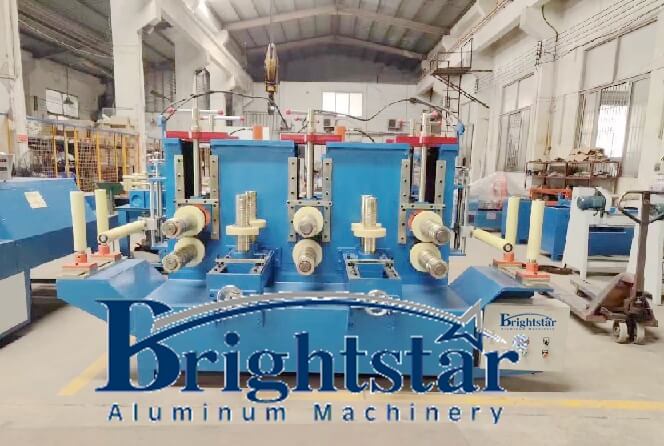
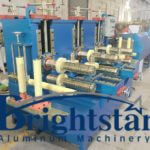
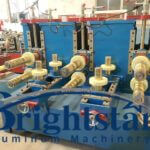
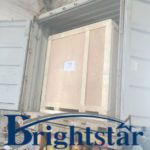
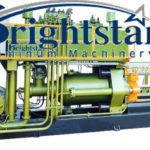
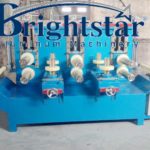
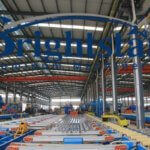



Hello,
After straightening aluminum flat bar thickness .06” width 1.0” and length 100” which is bow and twisted, can we expect to see flatness and straightness within .005”
Dear Patrick
Thank you for your kind comment.
The flatness and twist standard of our GB5237.1-2008 was sent to you for your reference.
If you need any more information, please feel free to let us know
Best regards
Brightstar Aluminum Machinery
Comment *Good Morning,
My company is looking to purchase a shape correction machine. I am wondering if you can send me more specific information on your machine plus cost on this.
Thanks
Justin
Dear Justin
Thank you for your kind comment
The quotation for aluminum extrusion shape correction machine was sent by email
If you need any more information, please feel free to let us know
Best regards
Brightstar Aluminum Machinery
Comment * I would like a quote on the aluminum profile correcting machine
Thanks
Eric
Dear Eric
Thank you for your kind comment
The project quotation of aluminum profile correcting machine was sent by email
Best regards
Brightstar Aluminum Machinery
Comment *Hello,
Would you be able to send a quote of a piece of equipment that correct flat aluminum profiles? The variation in the width of the profile is from 6″ up to 12″. The actual correct could be up to 0.145. Thickness of the material is in the same range of 0.156. I’m looking for a variety of models to review. Please let me know if there is additional information needed.
Thank you
Brandon
Dear Brandon
Thank you for your kind comment
The project quotation was sent by email
Best regards
Brightstar Aluminum Machinery